Chronic Kidney Disease Prediction Python Machine Learning Project Report
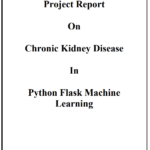
Chronic Kidney Disease Prediction Python Machine Learning Project Report
₹1,001.00Write a review
You must be logged in to post a review.
Building a Chronic Kidney Disease (CKD) prediction project with Python, Flask, and machine learning involves creating a web application that takes input features, sends them to a trained machine learning model, and displays the predictions. Here’s a template for a project report specific to a Python Flask machine learning application:
### 1. **Introduction:**
a. Brief overview of Chronic Kidney Disease (CKD)
b. Purpose of the project (developing a CKD prediction web application)
c. Importance of early detection and prediction
### 2. **Objective:**
a. Clearly state the goal of the project (building a Flask web app for CKD prediction)
### 3. **Dataset:**
a. Source of data (provide references)
b. Data size, attributes, and types
c. Description of features
d. Data preprocessing steps
i. Handling missing values
ii. Encoding categorical variables
iii. Feature scaling
iv. Exploratory Data Analysis (EDA)
### 4. **Machine Learning Model:**
a. Selection of algorithms for CKD prediction
b. Model training process and techniques applied
c. Model evaluation metrics (e.g., accuracy, precision, recall)
### 5. **Flask Application Development:**
a. Overview of Flask and its role in the project
b. Structure of the Flask application
c. Explanation of routes and templates
d. Integration of machine learning model with Flask
### 6. **User Interface:**
a. Description of the input form for user-entered data
b. Presentation of results to the user
c. User experience considerations
### 7. **Deployment:**
a. Hosting platform used (e.g., Heroku, AWS)
b. Deployment process and challenges
c. Instructions for running the application locally
### 8. **Testing:**
a. Unit testing for Flask routes and functions
b. Testing the integration with the machine learning model
c. User acceptance testing
### 9. **Results and Screenshots:**
a. Presentation of the Flask application
b. Screenshots of the user interface
c. Demonstration of a sample prediction
### 10. **Discussion:**
a. Interpretation of model results within the Flask context
b. User feedback and potential improvements
c. Challenges faced during development
### 11. **Conclusion:**
a. Summary of achievements
b. Lessons learned from the project
### 12. **Future Work:**
a. Proposed enhancements for the Flask application
b. Incorporation of additional features or models
### 13. **References:**
a. List of Flask and machine learning resources referenced
### 14. **Appendix:**
a. Code snippets for crucial Flask routes and model integration
b. Additional screenshots or visuals
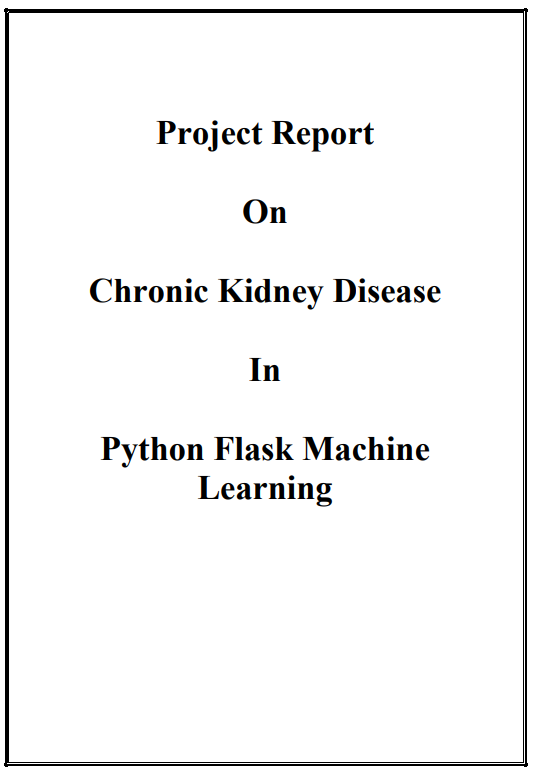
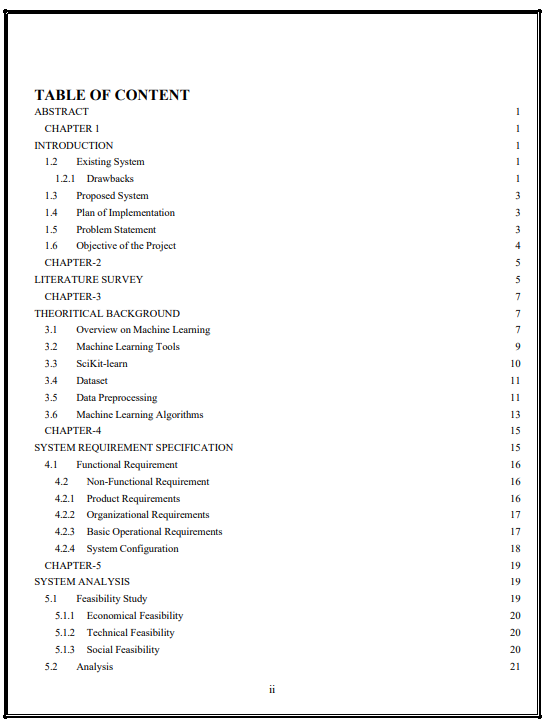
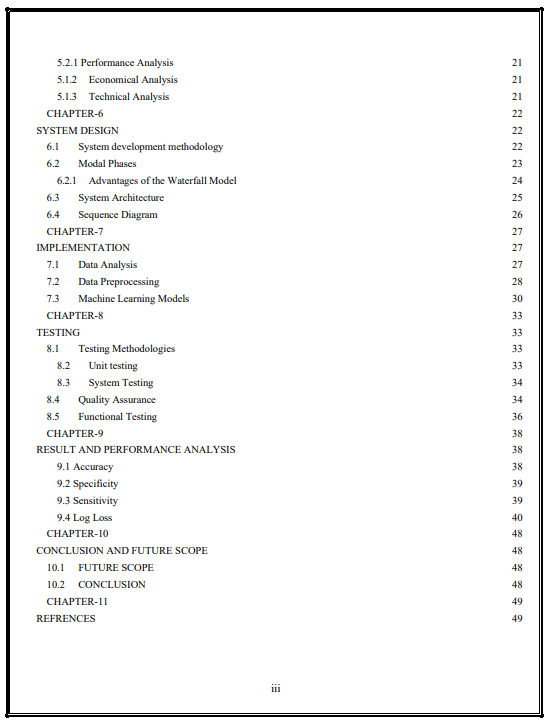
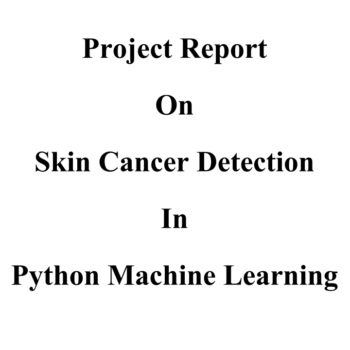
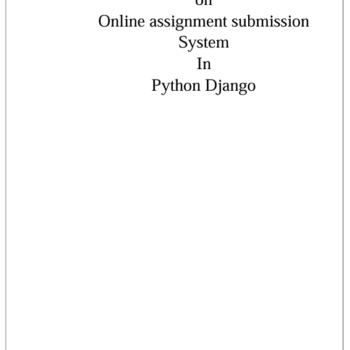
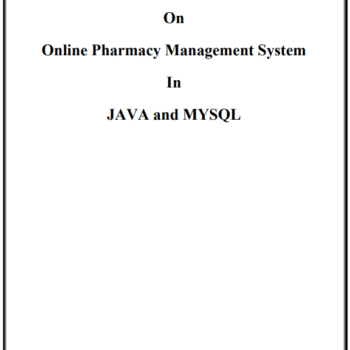


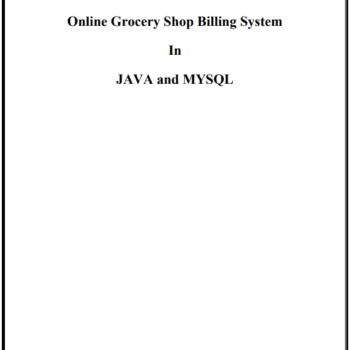
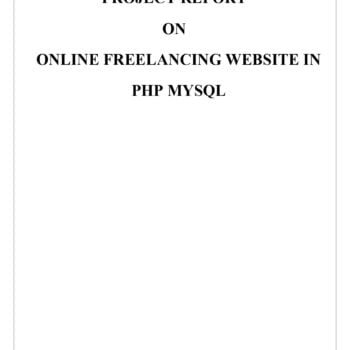
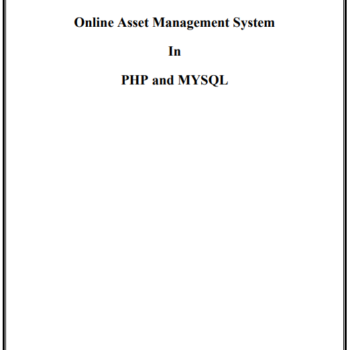
There are no reviews yet.